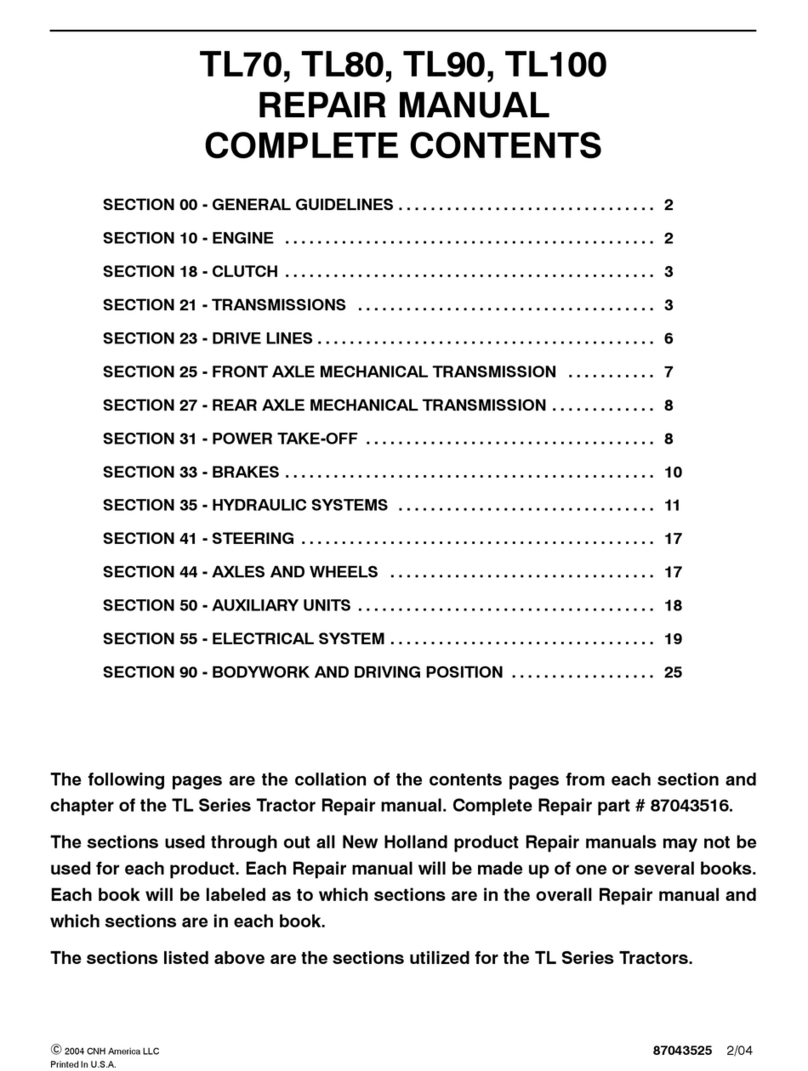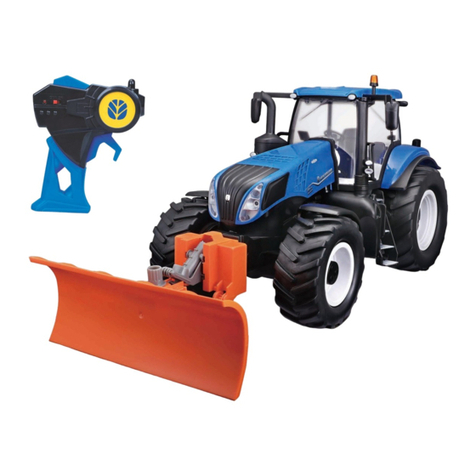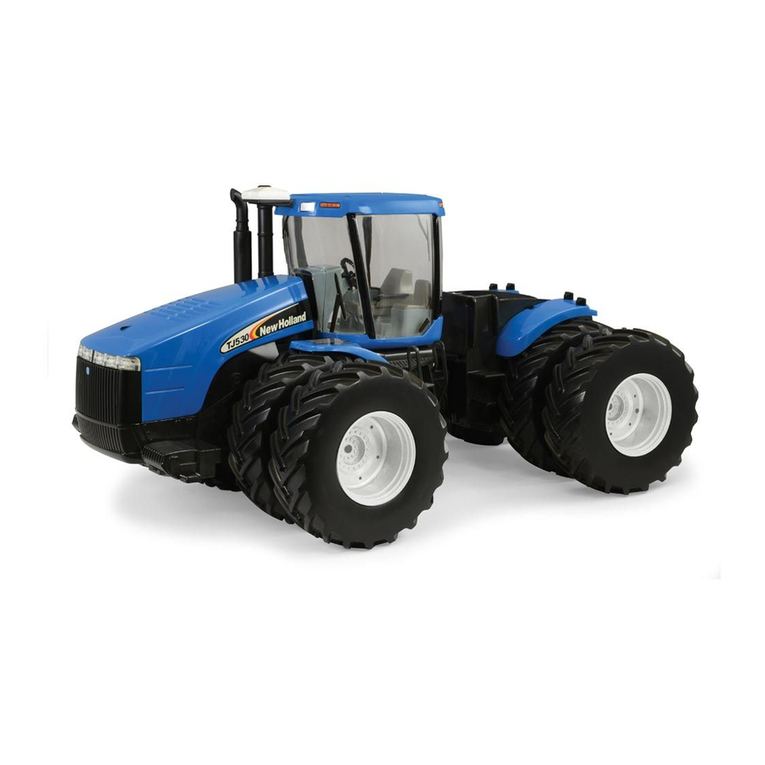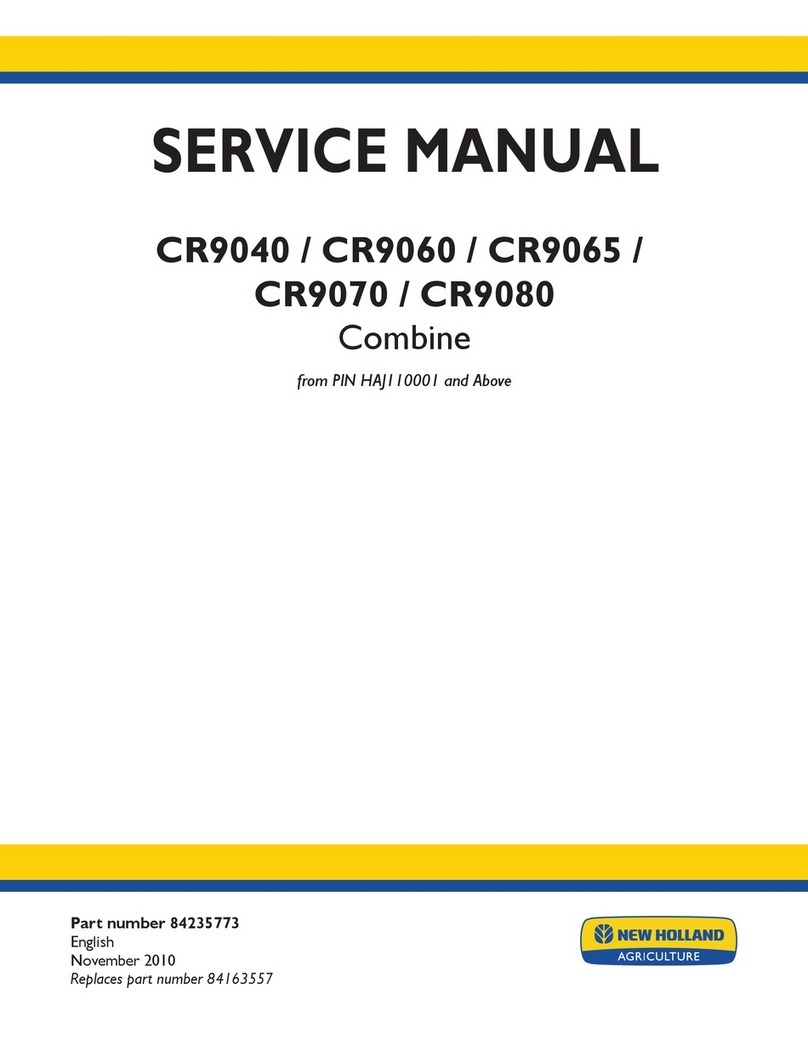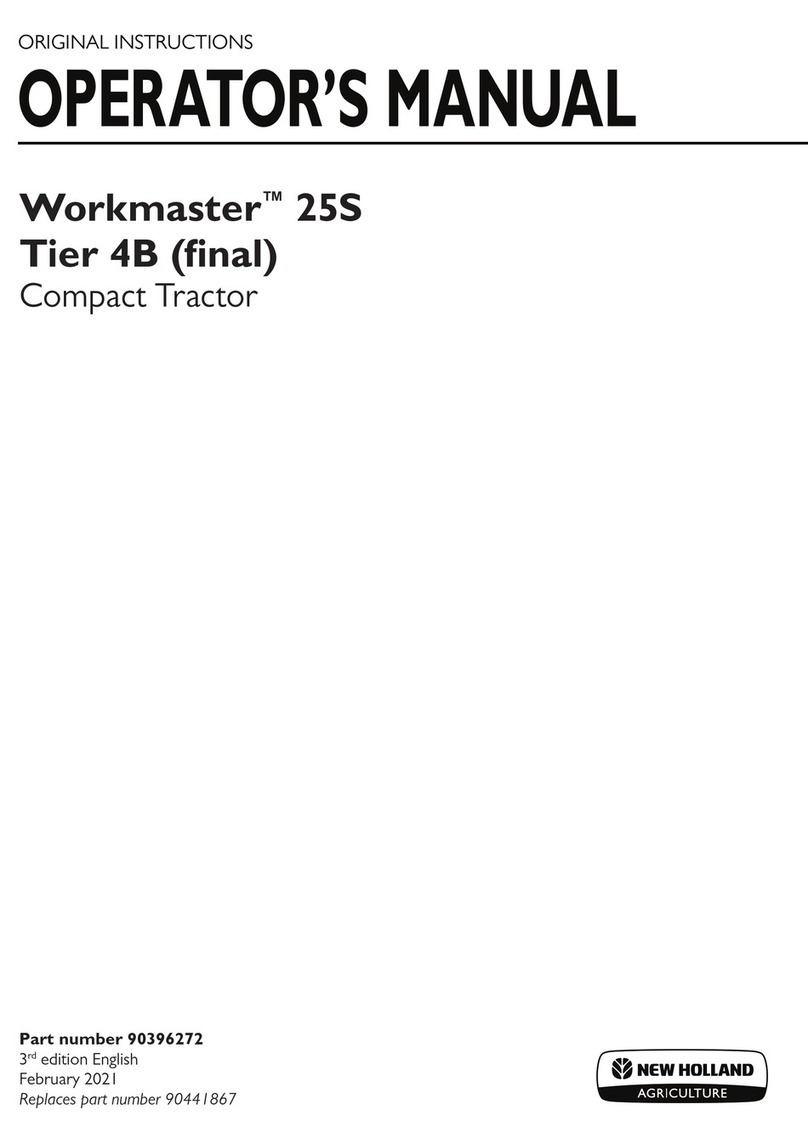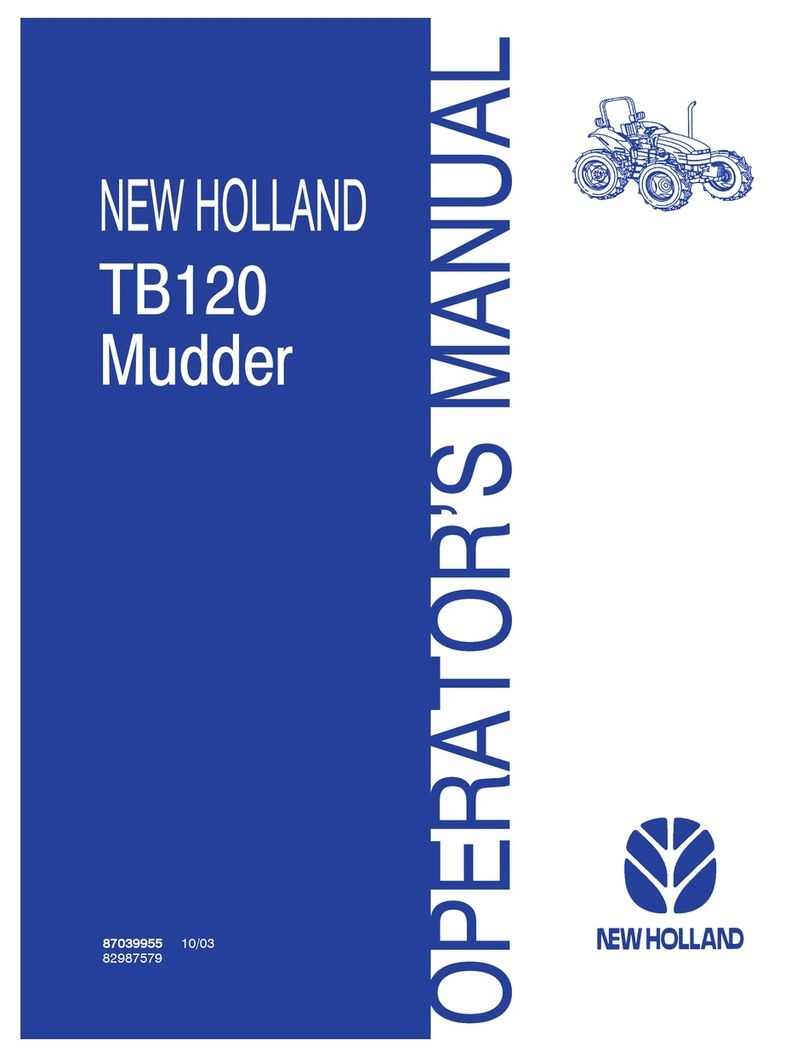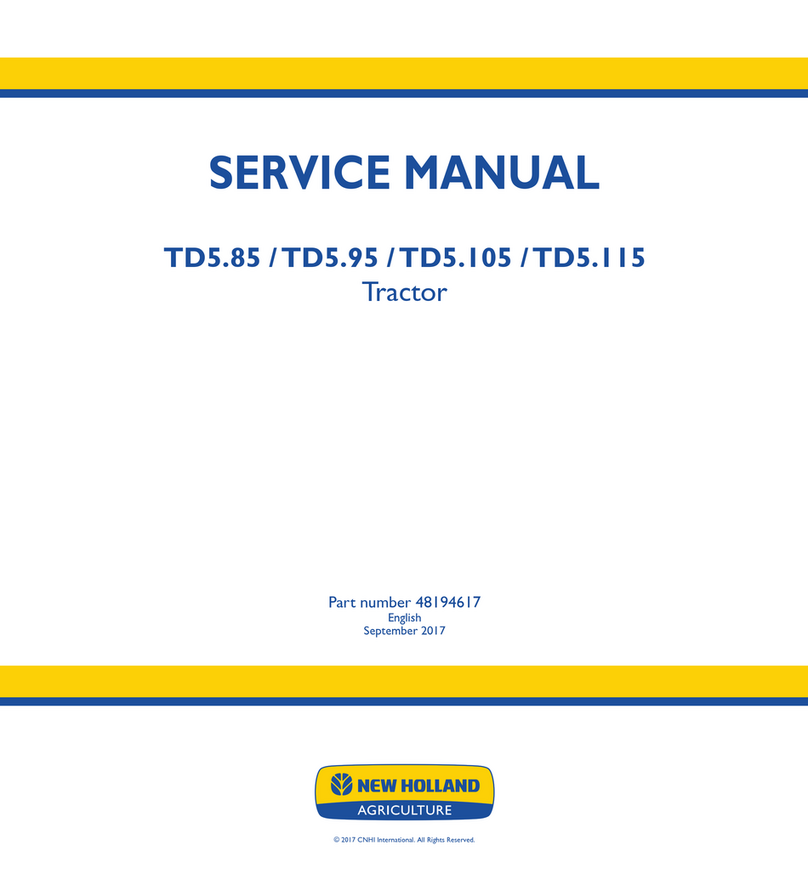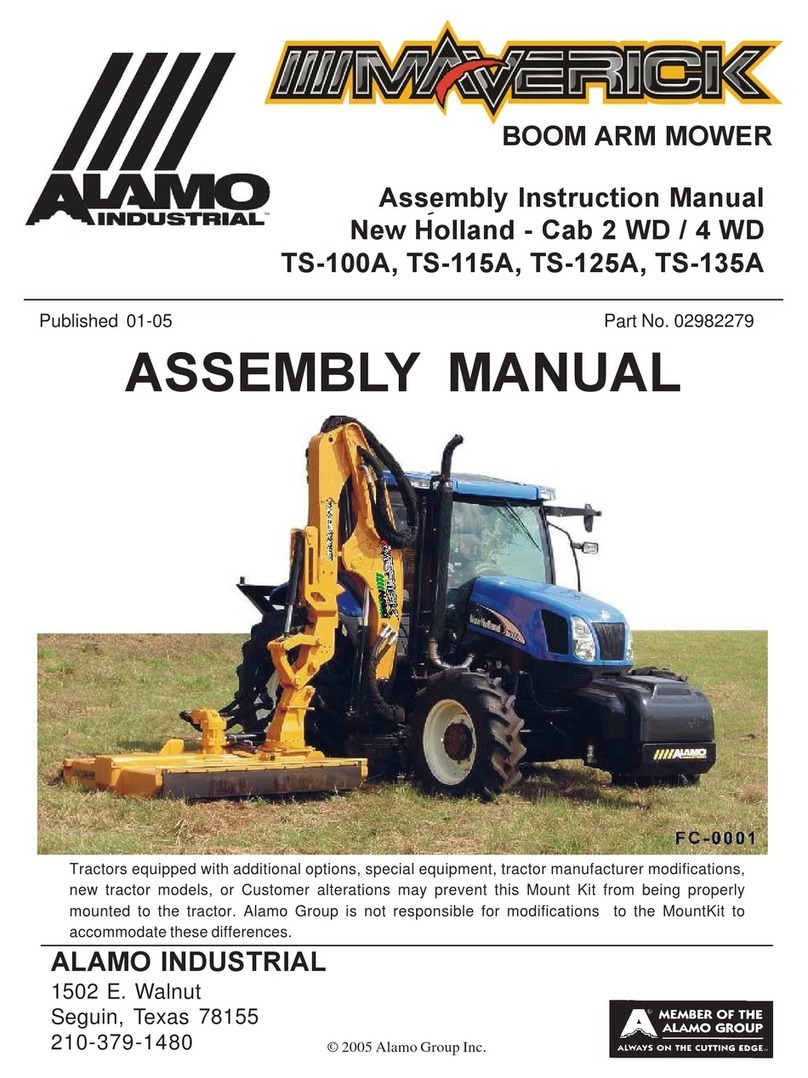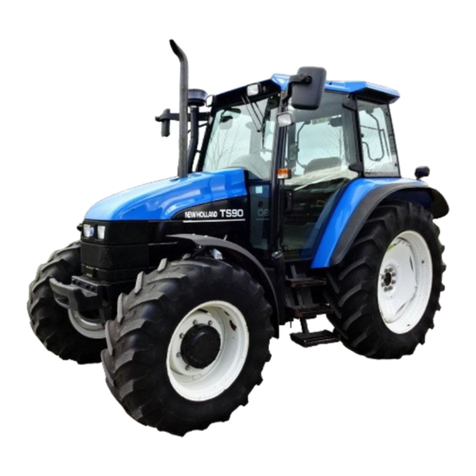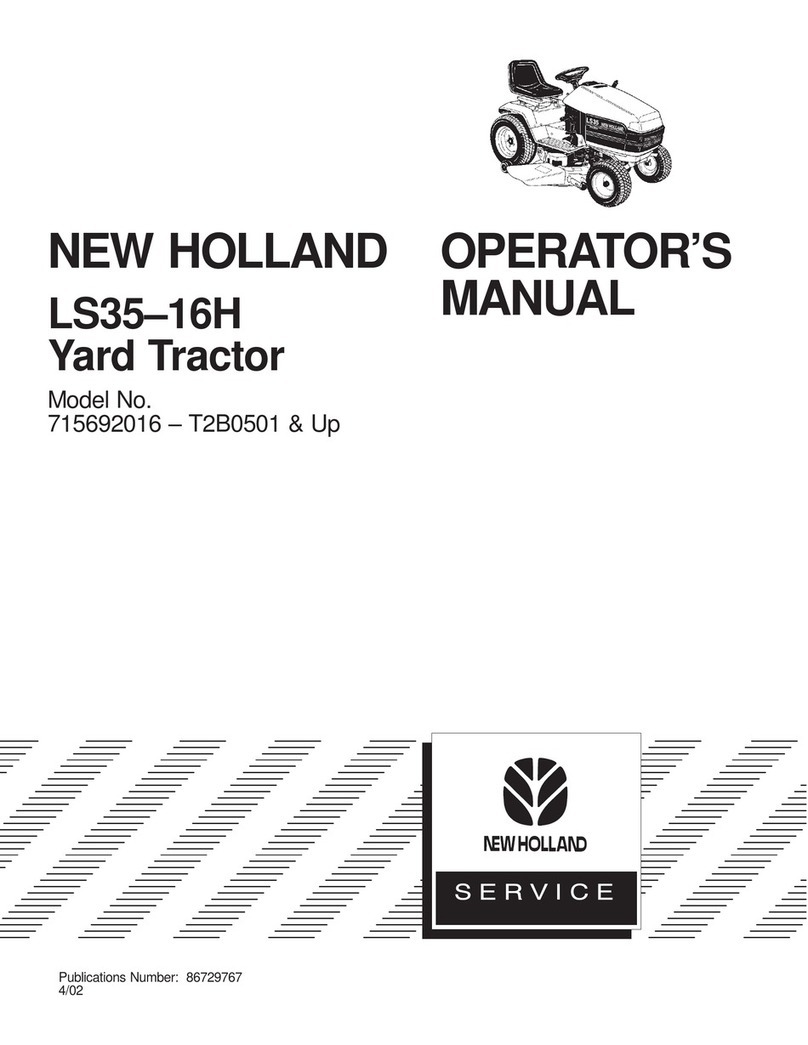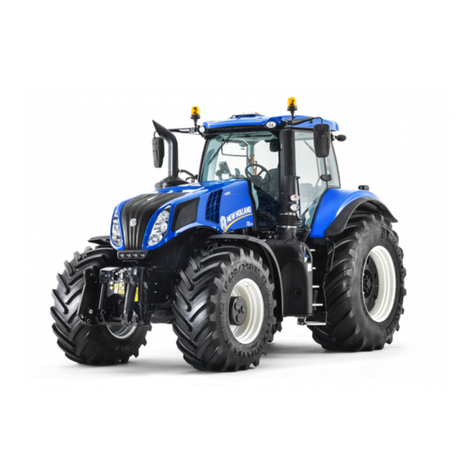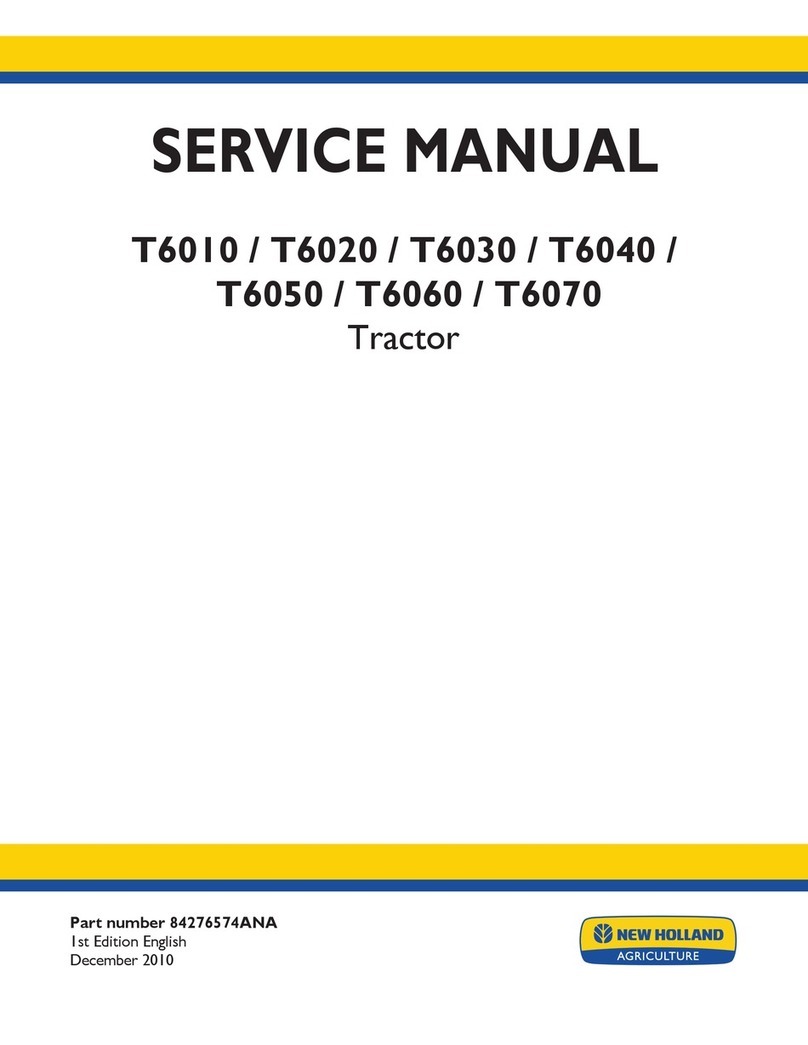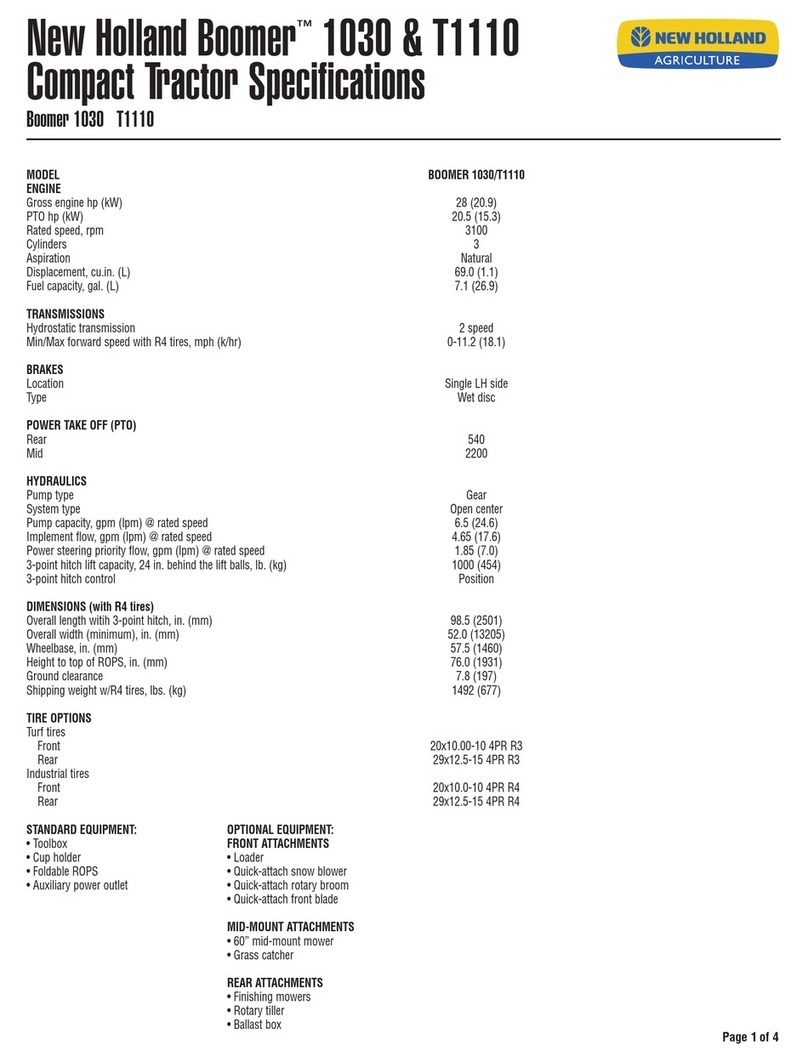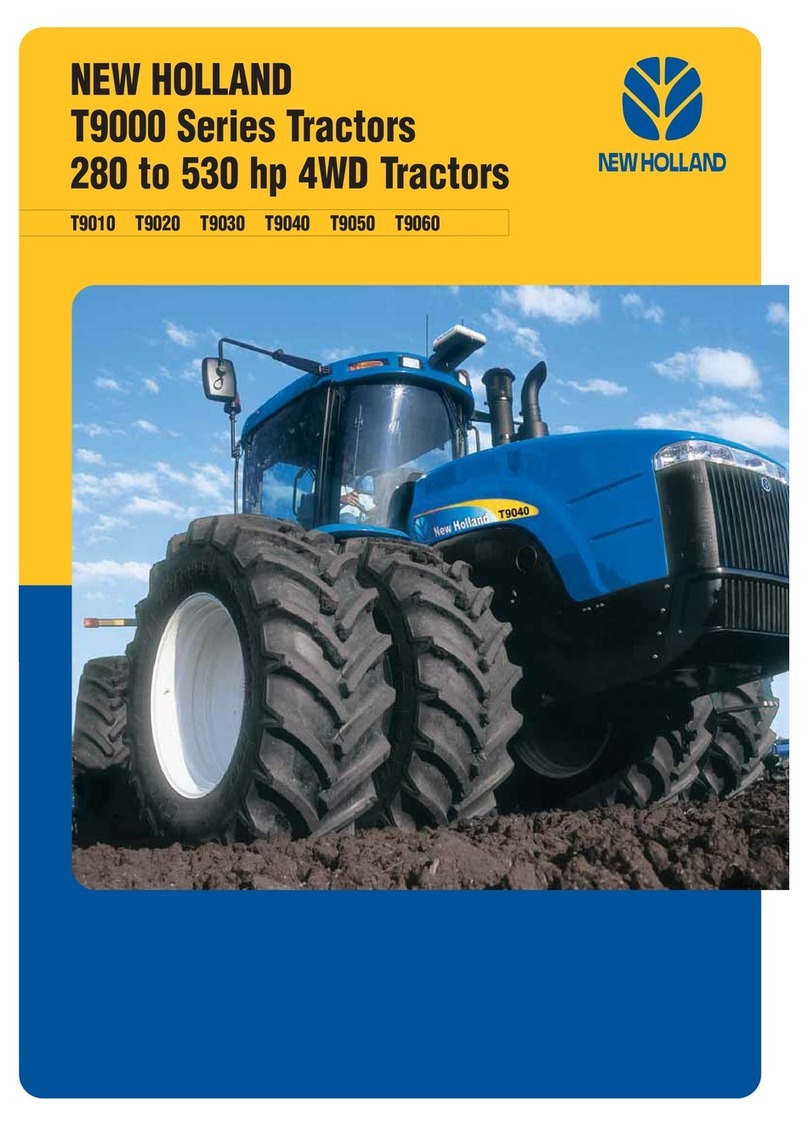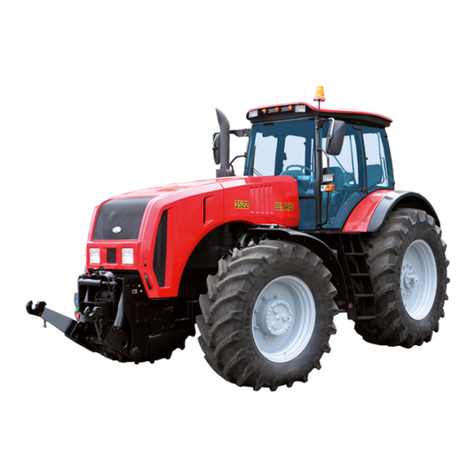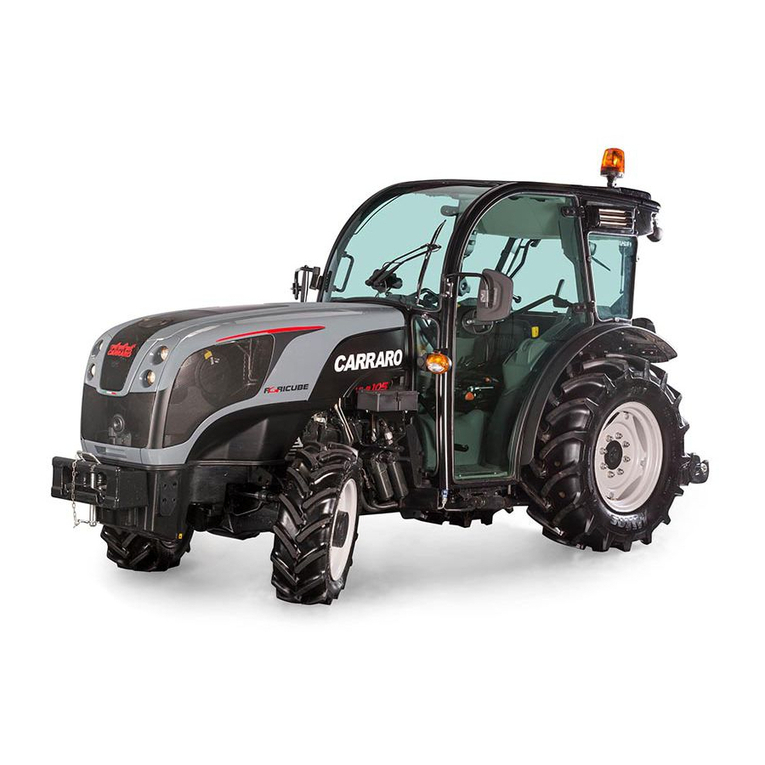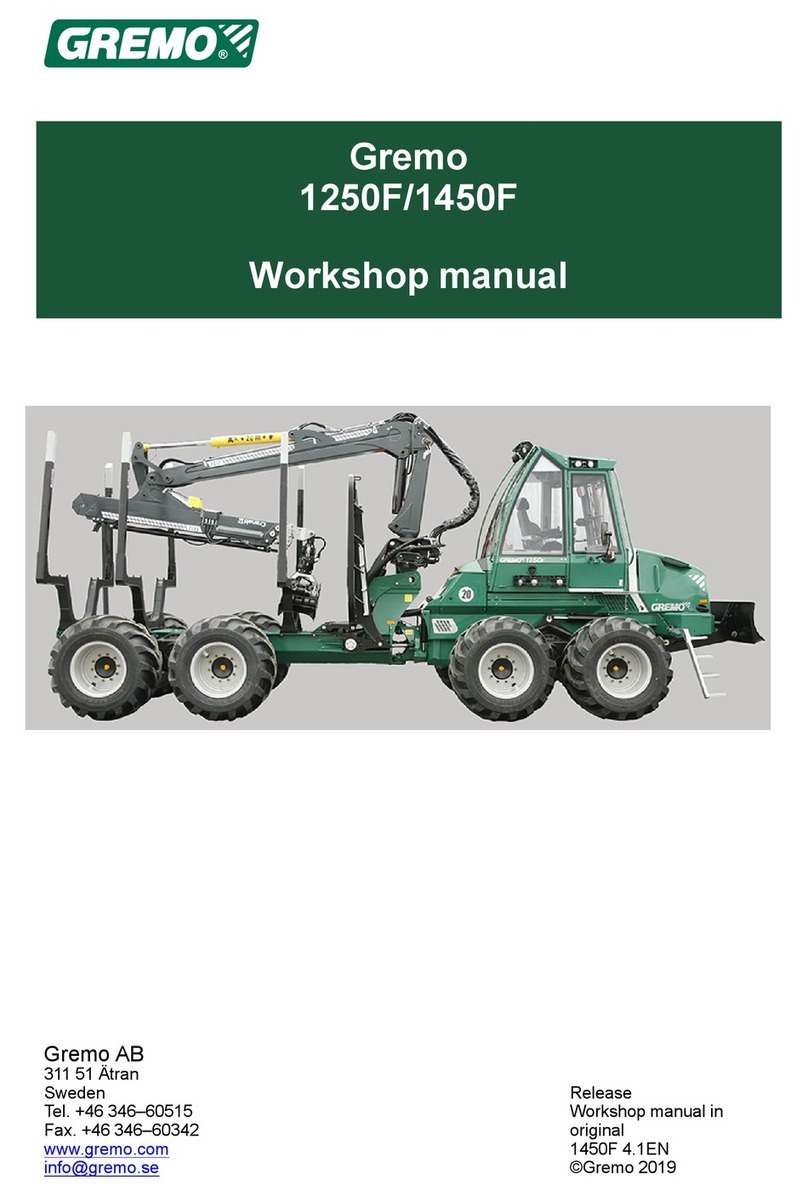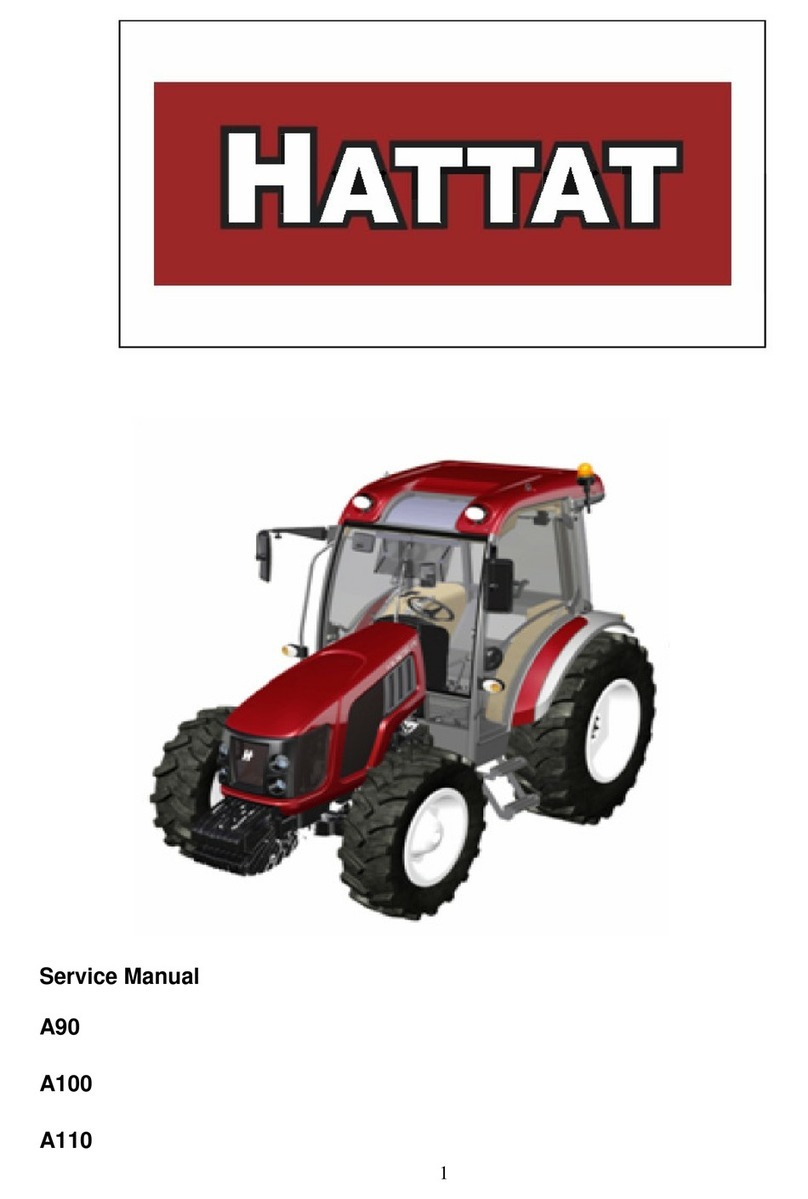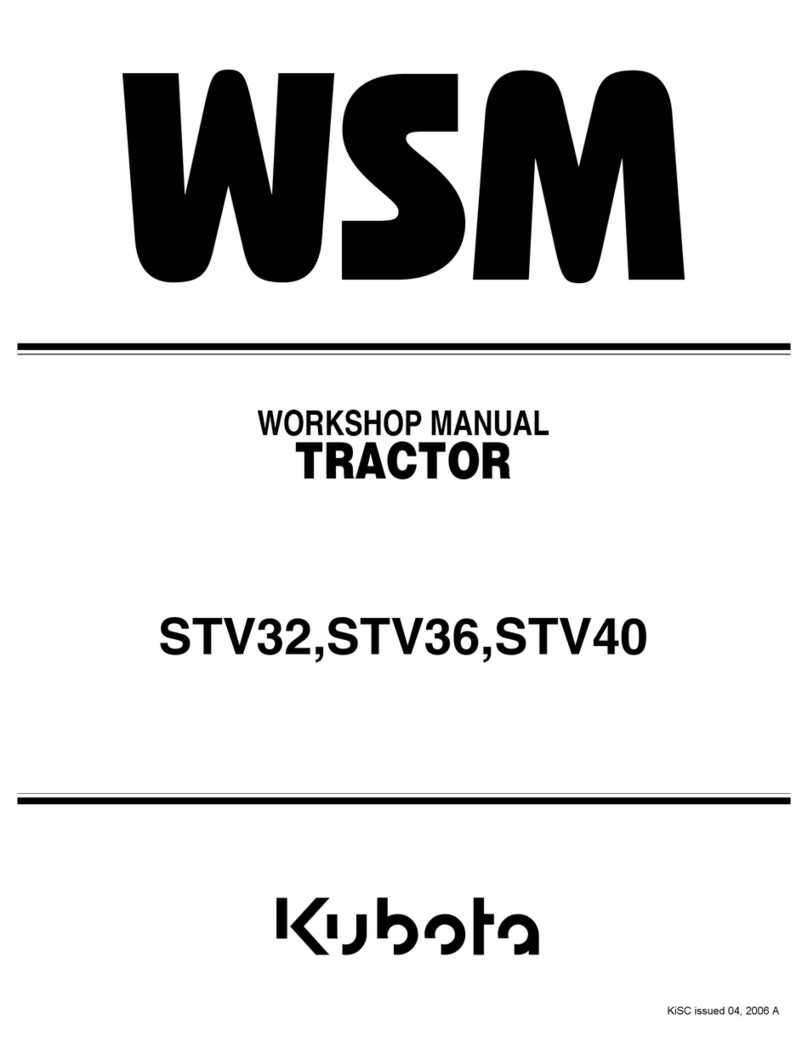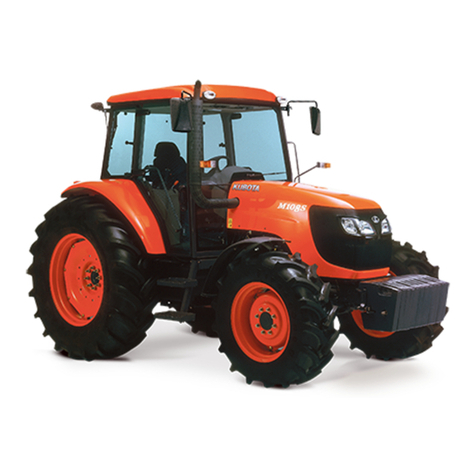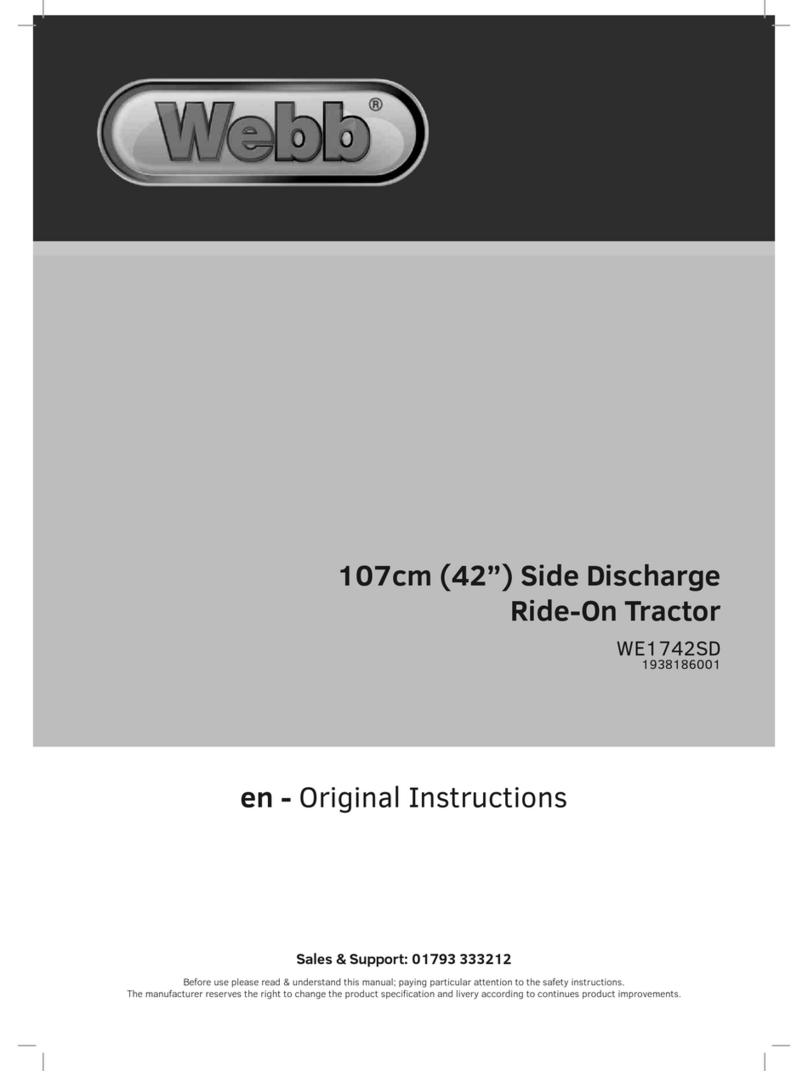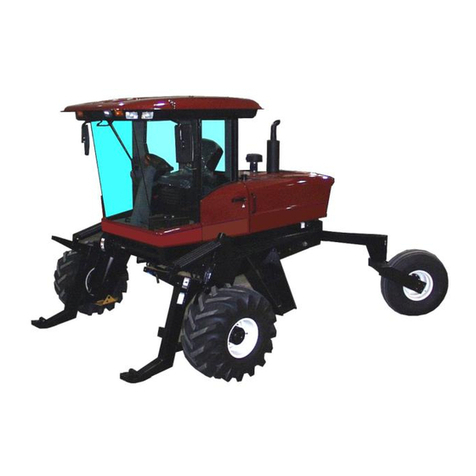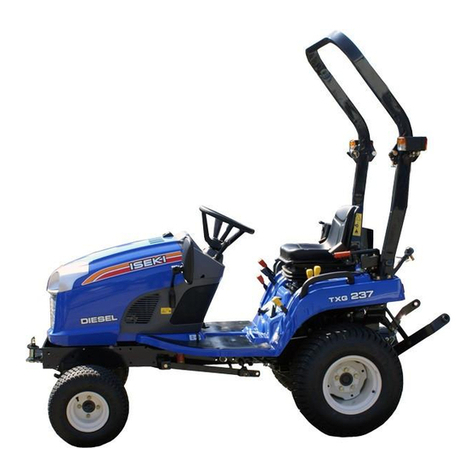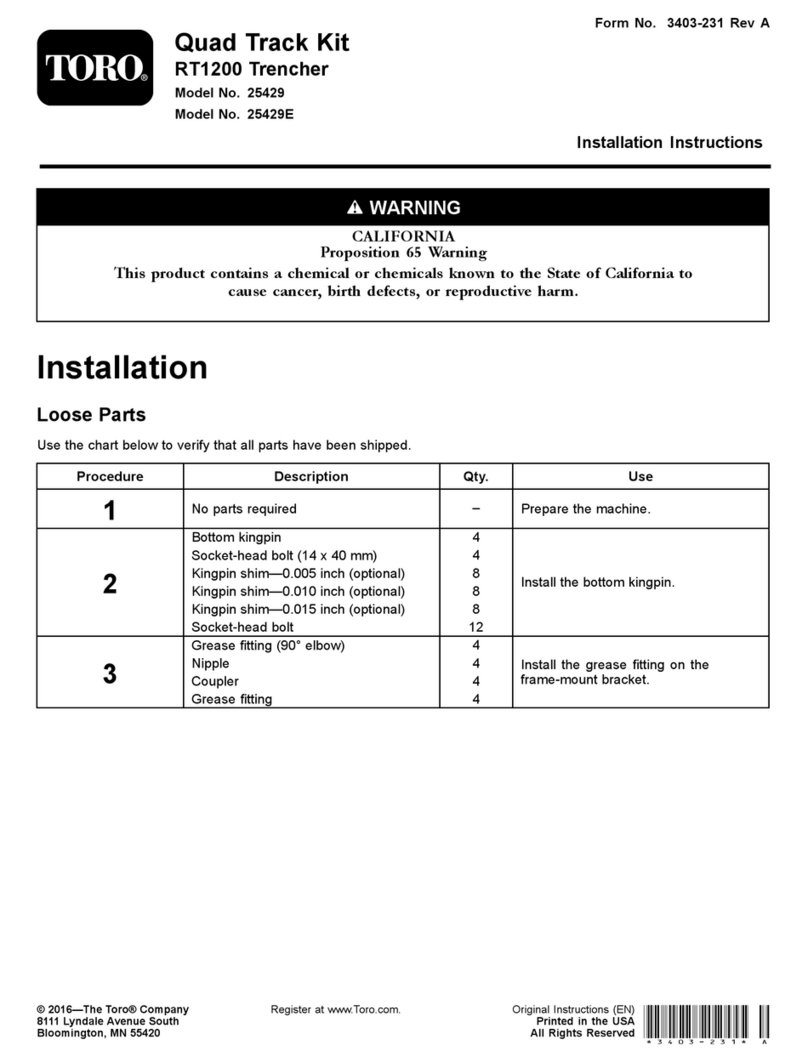
DRIVE LINES SECTION 23
Drive Lines Chapter 1
Section Description Page
23 000 Specifications 1.................................................................
Torque Settings and Tools 2......................................................
Cross-Sectional Views 3..........................................................
Transmission shafts and guard (Disassembly - Assembly) 4...........................
Drive gear housing (Removal - Installation) 5........................................
Drive gear housing removed (Disassembly - Assembly) 6.............................
FRONT AXLE MECHANICAL TRANSMISSION SECTION 25
Front Axle Mechanical Transmission Chapter 1
Section Description Page
25 000 Specifications 2.................................................................
TIGHTENING TORQUES 3.......................................................
Tools 6.........................................................................
Cross Sectional Views 7..........................................................
Description and Operation 9.......................................................
25 100 30 Complete front axle. Remove - Install 10...........................................
25 100 38 Front axle. Remove - Install 15...................................................
25 108 46-47 Steering knuckle bearing pins. Replace 22.........................................
Stub axle adjustment 23.........................................................
Wheel hub bearing adjustment 25.................................................
Bevel drive adjustment 26........................................................
25 102 24 Front Axle Differential. Overhaul 32...............................................
25 100 27 Front axle differential with LIM-SLIP. Overhaul 33...................................
44 511 80 Leading drive wheels toe-in check 35..............................................
REAR AXLE AND TRANSMISSION SECTION 27
Rear Axle And Transmission Chapter 1
Section Description Page
21 000 Specifications 2.................................................................
Tightening Torques 3............................................................
Liquid Sealants 6...............................................................
Special Tools 7.................................................................
Cross Sectional Views 7.........................................................
Troubleshooting 10...............................................................
Description and Operation 10......................................................
Low Gear Drive Line Schema 13...................................................
Reverse Gear Drive Shaft 13......................................................
High Gear Drive Shaft 14.........................................................
Transmission Assembly, Removal - Installation 16....................................
Internal Components, Disassembly - Assembly 33...................................
Find manuals at https://best-manuals.com

